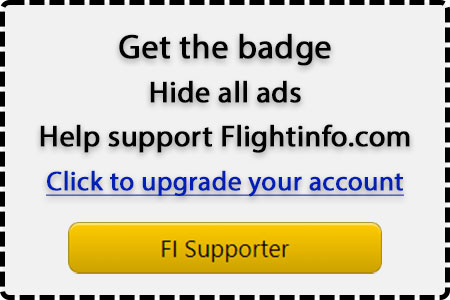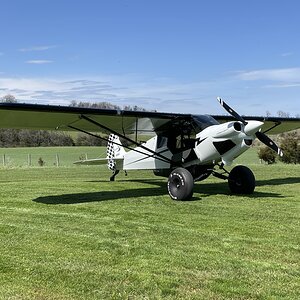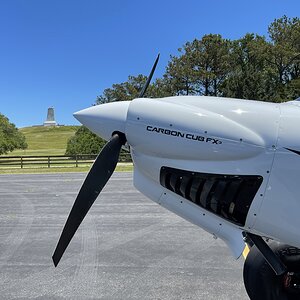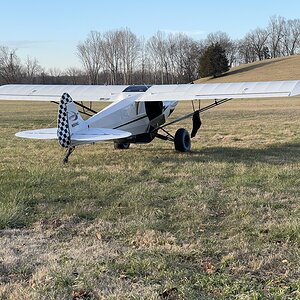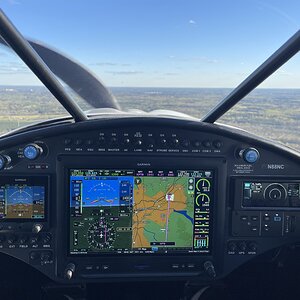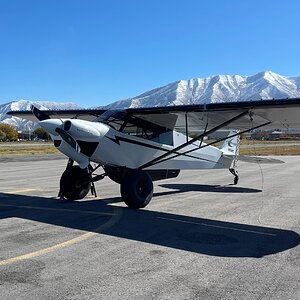It seems to me that the disposition of your POI is the biggest variable.
Some pilots just make their own interpretation of the regs, I love how you conveniently left out the portion that didn't make your point
Sec. 121.195 - Airplanes: Turbine engine powered: Landing limitations: Destination airports. (a) No person operating a turbine engine powered airplane may take off that airplane at such a weight that (allowing for normal consumption of fuel and oil in flight to the destination or alternate airport) the weight of the airplane on arrival would exceed the landing weight set forth in the Airplane Flight Manual for the elevation of the destination or alternate airport and the ambient temperature anticipated at the time of landing.
What is normal fuel consumption? What you would normally burn at the planned altitude? If you change the altitude/speed doesn't that change what is considered normal for that altitude? You can take off and have dispatch re compute your numbers afterwards, can you not? as a matter of fact if you choose another altitude that shows the BOF (burn off fuel) that you need from one of the choices on the burn summary, you don't even need for dispatch to re compute, take a wild guess at what that new BOF becomes, it becomes your normal fuel burn
You and I aren't really disagreeing. It's the Feds who are. And it only takes one Fed to bust you.
Do you head to Europe at all? Check out their version:
JAR-OPS 1.475 General
(a) An operator shall
ensure that the mass of the aeroplane:
(1)
At the start of the takeoff;
or, in the event of in-flight replanning
(2) At the point from which the revised operational flight plan applies,
is not greater than the mass at which the requirements of the
appropriate Subpart can be complied with for the flight to be
undertaken, allowing for expected reductions in mass as the flight
proceeds, and for such fuel jettisoning as is provided for in the
particular requirement.
(b) An operator shall ensure that the
approved performance data
contained in the Aeroplane Flight Manual is used to determine compliance
with the requirements of the appropriate Subpart, supplemented as
necessary with other data acceptable to the Authority as prescribed in
the relevant Subpart. When applying the factors prescribed in the
appropriate Subpart, account may be taken of any operational factors
already incorporated in the Aeroplane Flight Manual performance data to
avoid double application of factors. (See AMC OPS 1.475(b) & IEM OPS
1.475(b)).
Sorry I just don't agree with you and I have had the same conversation with plenty of FEDS in both sides of the Pacific andthey are not interpreting it like you are
Some pilots at a previous airline were busted by a Fed who interpreted differently. That's where I get my understanding. See the top quote.
because how is it that the FAA, CAA don't go after folks requesting holdings upon arrival or extended downwind because they are still a little over max landing, you hear this kinds of requests all the time and the controllers accommodate your request as a matter of course, you don't see legal action taken.
Maybe that's because before they took off, they were good with the numbers but had a stronger than forecast tailwind or shorter routing. I've done it myself.
What do you mean, can't do an intersection departure???? If you have performance calculations Why not???
Bad wording on my part. I meant that you can cut in line and takeoff without a clearance if you wanted. Might not have a good outcome, but you could do it.
I'm glad the FAA has you to set them straight

This is just a discussion about our war stories. I'm sure the guys who got violated would like your interpretation much better, too.

